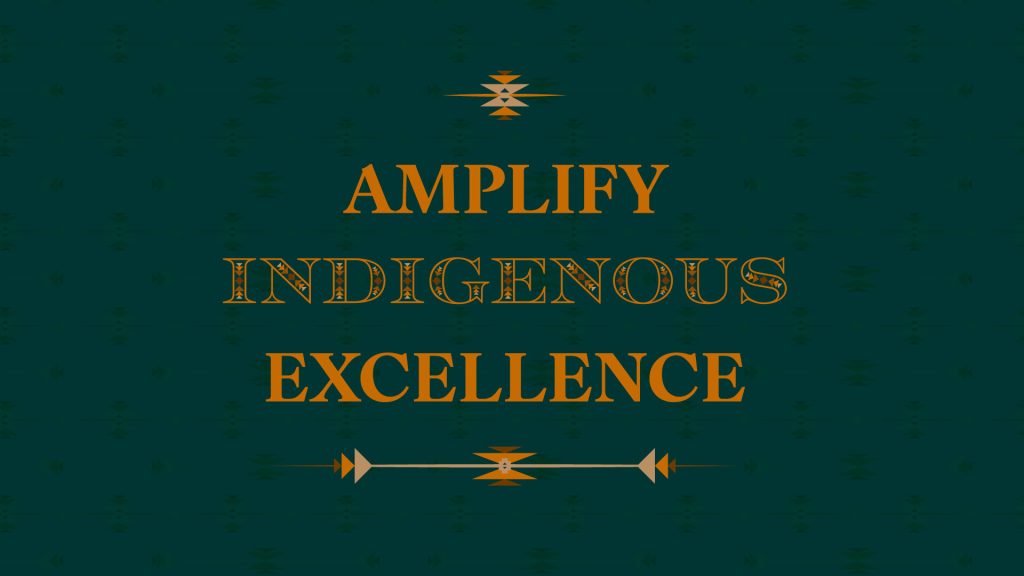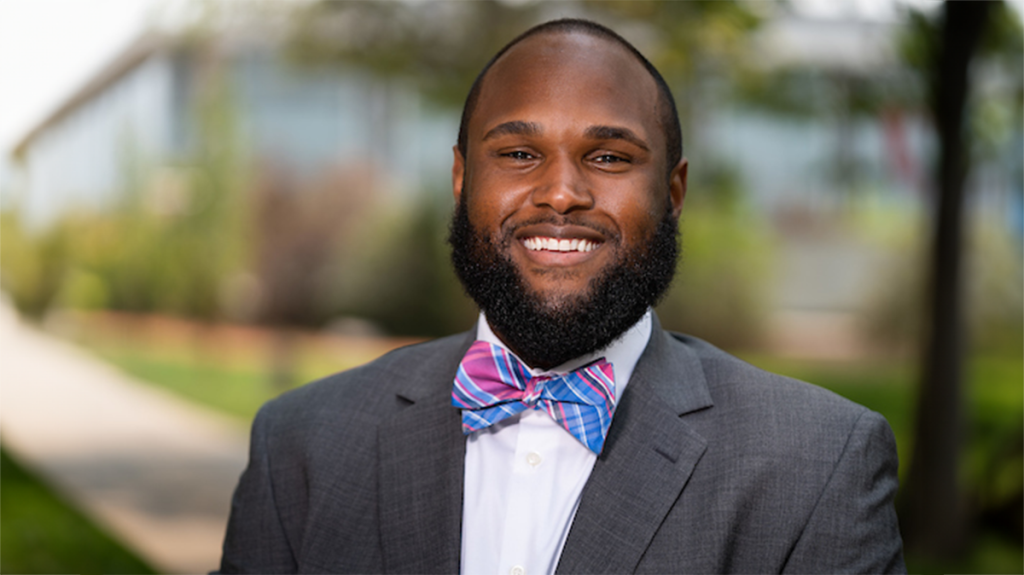Celebrating U Completely

Equity, Diversity, and Inclusion (EDI) encourages everyone to affirm and celebrate all our unique characteristics across multiple backgrounds, beliefs, and experiences. Celebrating U Completely aims to promote the positive contributions of every student, faculty, trainee, and staff person at the U—and highlight the varied and valuable perspectives, talents, and skills that add to the dynamic and inspiring culture of the university. By affirming our differences, acknowledging our challenges, and rooting ourselves in our shared humanity we will move forward as one university community that fosters a welcoming campus climate where every individual knows they belong.













